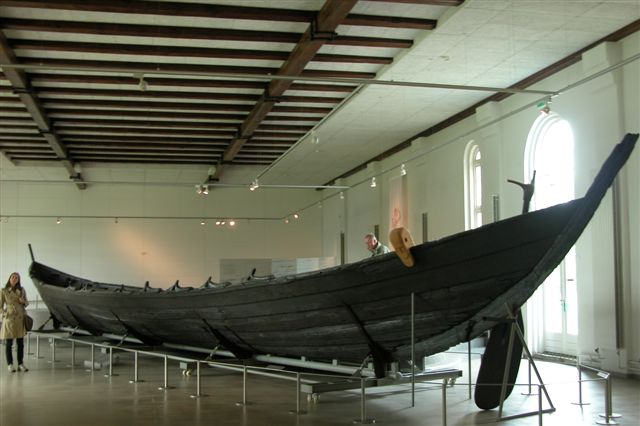The Guardian
Praetorian
The only problem is, the AI won't know what to do with them until they know all worker actions
Well, that sucks.
 Thanks Firaxis
Thanks Firaxis 


The only problem is, the AI won't know what to do with them until they know all worker actions
 Thanks Firaxis
Thanks Firaxis 


It's not a great solution but how about have basic dirt roads as roads, and roman roads as railways.
Personally I don't like railways though so I never use them. To unrealistic having unlimited move. Juts thought I'd suggest it though incase it appeals to you.
If you are going to make roads available later in the game and your worried about resources you could place resource under pre paced citites.
About "longships": I've written a dissertation about norse shipbuilding not long ago, and to my surprise found no evidence of larger sail-powered vessels before the Middle Ages. There is evidence for long, row-powered boats though. I wish somebody made such an unit...
Summa summarum: No longboats as we know them in antiquity...

Well, that looks more like a very basic galley from the Mediterranean.
In Scandinavia, ships like the following were found from the Iron Age:
Hjortspring boat, ~300-400 BC
Nydam boat, ~300 AD



Sorry it took me some time to answer. It is in French, but I'll try to translate it in the coming days.Do you think you could find that for me. I would be interested in reading it. Can you remember any more details, such as dates, locations etc. It would be helpful.
I meant Gauls had their first contacts with Greek traders long before they settled on the littoral borders of Gaul, and the city of Massilia was founded around 600 BC. That was a bit before the Romans even conquered Italy"Long before the Romans came ... " would indeed be a long long time ago.

Sorry it took me some time to answer. It is in French, but I'll try to translate it in the coming days.
I meant Gauls had their first contacts with Greek traders long before they settled on the littoral borders of Gaul, and the city of Massilia was founded around 600 BC. That was a bit before the Romans even conquered Italy
Guardian, I had an idea about the 2nd scenario with pre-placed cities you told about - it's possible to use roads & railroads with the same .pcx pic. To limit movement by the reailroads, you can use roads + railroads following the scheme: 1 tile road + 2 tiles railroads. So the movement will be fast but limited anyway.
Guardian, I had an idea about the 2nd scenario with pre-placed cities you told about - it's possible to use roads & railroads with the same .pcx pic. To limit movement by the reailroads, you can use roads + railroads following the scheme: 1 tile road + 2 tiles railroads. So the movement will be fast but limited anyway.
I met this problem on my own mod development. Well, it's a problem for those who lost a capital city, but they have to fight it back. After that they will have a possibility to redeem goods they accumulated - so it's not a terrible thing. If they won't - accumulated goods will be a pleasant "present" to the conquerors, it seems to be fair to me.Guardian said:The problem with this is that once the capital falls there is nowhere to redeem the goods.
Seems like an acceptable idea.An additional idea is to place Victory locations at the ports or at the capital and at least one port.
Thank you.Any topic which has anything to do with this mod is ok. I don't believe your comments are off topic. Any comments or ideas that could improve the MOD are appropriate.
 I just want your thread to be clean - since it's informative and I follow it.
I just want your thread to be clean - since it's informative and I follow it.Thank you.I just want your thread to be clean - since it's informative and I follow it.

